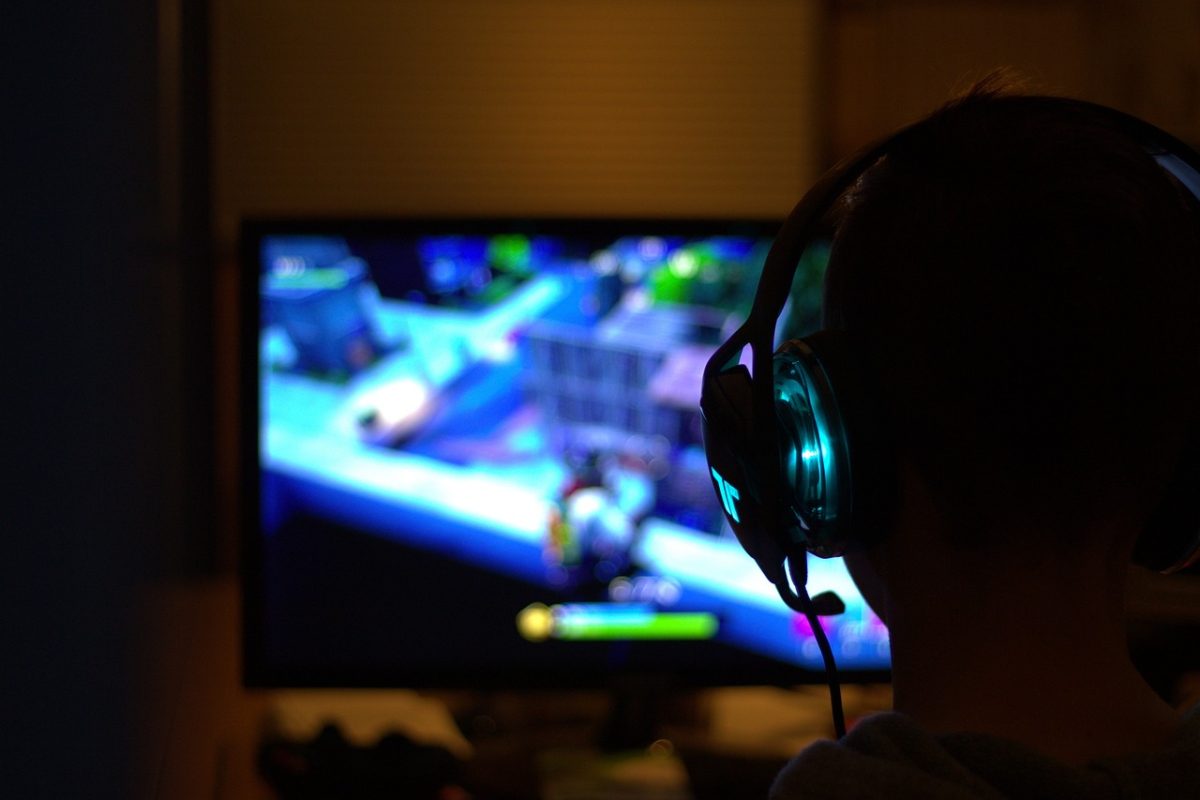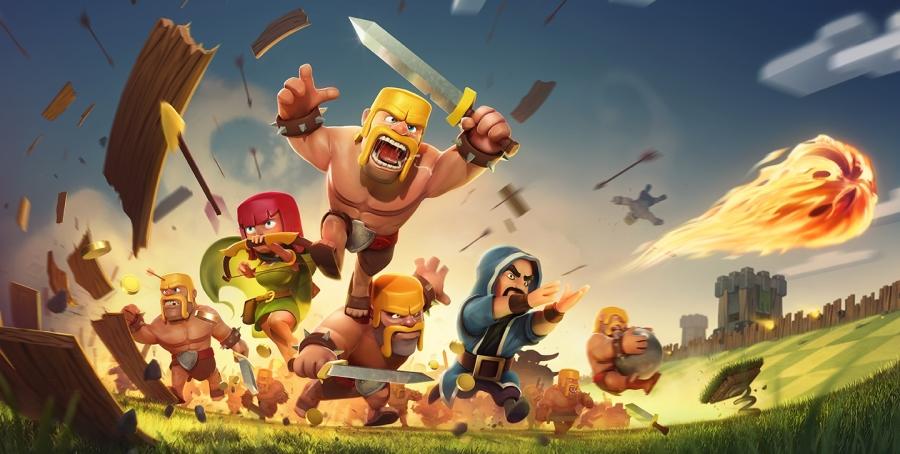Cyber-bullying– Are you in the Know?
Bullying is a plague that has raged in high schools for generations. More recently,however, cyberbullying has entered the picture– and most don’t seem to realize the severity of its effects.
According to stopbullying.gov, mean text messages and emails, rumors posted on social networking sites, embarrassing pictures, videos, websites,and fake profiles are all included in the wide range of harassment called cyberbullying. More simply put, cyberbullying is bullying through the use of technology. But this type of harassment is anything but simple as it has numerous factors adding to its negative impact.
“Victims of cyberbullying are sometimes more impacted because aggressors are anonymous, the victimization is continuous and inescapable, and it is often difficult to remove posted material,” said Alison Musso, Ph.D., Davis High School’s psychologist.
Students come to Musso’s attention only when they have reached the level of being very upset, depressed, or even suicidal. Musso stated that this year she has only encountered one case of bullying so far–and it was cyberbullying.
“The case involved texting mean messages to a student. It affected her significantly,” said Musso.
Part of what makes cyberbullying so significant and indefeasible is that victims cannot find relief even when they are alone. Cyberbullying can arise continually, regardless of the victim’s company. Cell phones and social media allow perpetrators to attack at anytime. Due to this unceasing stream of harassment, the effects are drastic.
“Cyberbullying victims are almost twice as likely to attempt suicide as students who have not experienced being bullied online,” said Musso.
Stopbullying.gov states that 16% of high school students (grades 9–12) were electronically bullied in the past year.While that percentage may be low when compared to other bullying statistics, cyberbullying’s severe affects call for more immediate attention.
“Victims can think it is their fault and may be reluctant to tell adults. It can also affect [their] self-esteem into adulthood,” said Musso.
So what will be the cure? what will bring this raging epidemic to a close? National campaigns against bullying have existed for years, but how effective are they really? Concerning these campaigns Musso stated, “I think they are effective in terms of bringing awareness and decreasing suicide rates. For example, the suicide rate for youth has steadily declined over the past two decades.”
One of the most important factors in keeping that rate moving down is to support the victims that have been bullied.
“I find that support from parents and trusted adults makes a big difference in how well kids bounce back,” said Musso.
Giving support to those who have been affected is vital. But perhaps even better, is preventing the bullying from ever happening in the first place. Dr. Rose George from Psychology Today suggests a no-tolerance policy when it comes to harassment.
“The best approach is a zero tolerance approach. Where the bullying is called out and the person doing the bullying is the one who receives the public problems related to this experience. It isn’t the fault of the one being bullied and their response is not the problem. The person being bullied needs the support of peers, teachers, leaders, parents and to know that this kind of behavior is not to be tolerated.”
The scourge labeled Cyberbullying is not to be tolerated any longer.It can be elimated through the support of friends, family, and the community.























